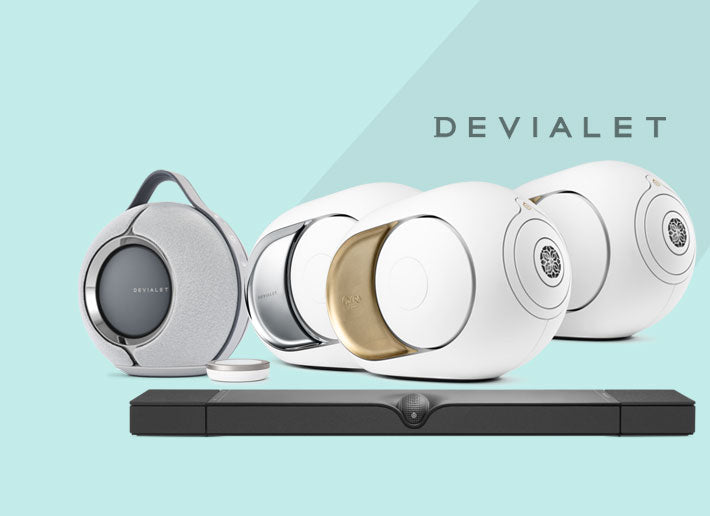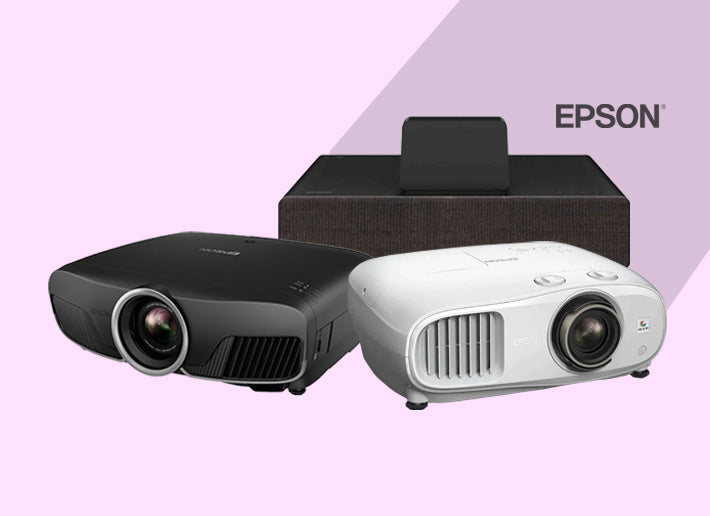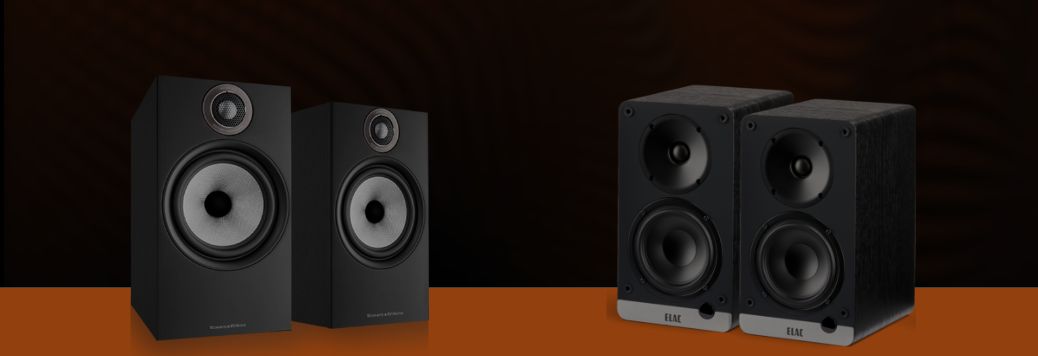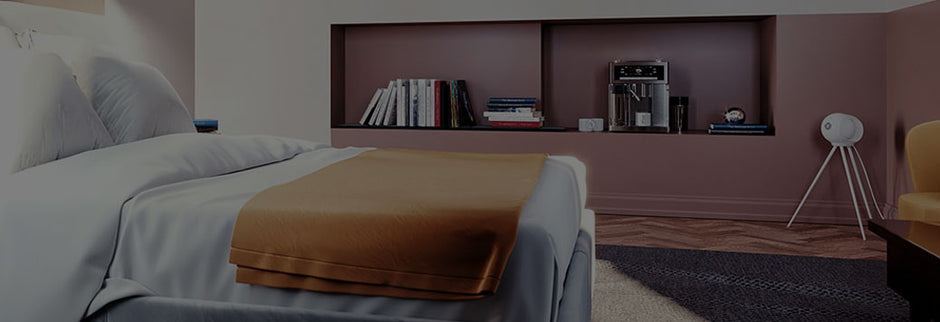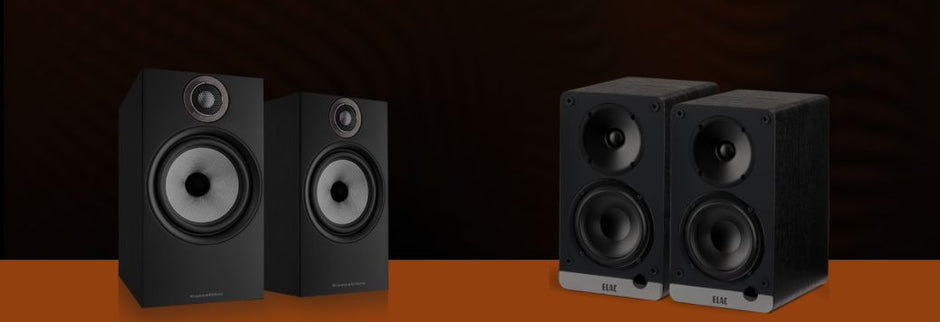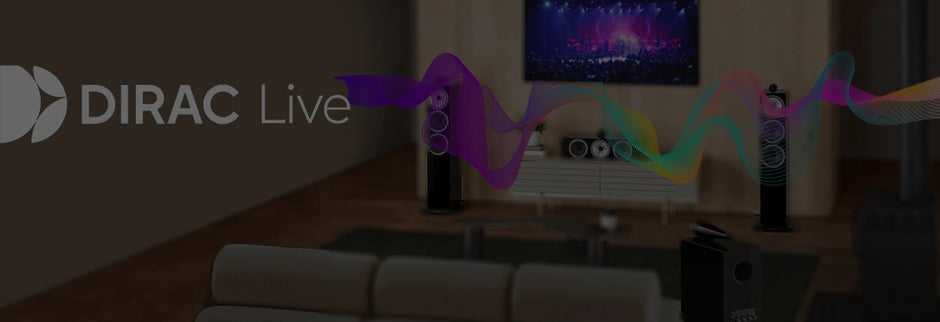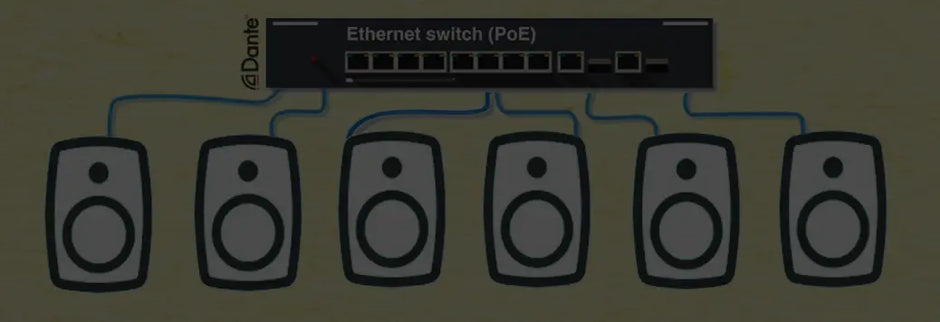When creating the perfect audio experience, the type of speakers you choose plays a pivotal role. Speakers are the final output devices in an audio chain and their role is to reproduce sound as accurately as possible. However, buyers often need clarification on active and passive speakers when building an audio system. The distinction between active and passive speakers is fundamental in the realm of audio equipment and deciding between the two depends on a variety of factors. But first, let’s understand what they are exactly and why they exist.
Passive speakers are traditional speakers that require an external amplifier to power them. They are typically composed of speaker drivers (woofers and tweeters), a crossover network and the enclosure. The external amplifier must carefully match the speaker’s power handling capabilities to avoid damage and ensure optimal performance.
Active speakers, also known as powered speakers, are an all-in-one solution. They have built-in amplifiers specifically designed for the speaker’s drivers. This integration often includes preamps, volume controls and sometimes even digital signal processors (DSPs), which allow for fine-tuning of the sound.
Active and passive speakers cater to different needs and preferences within the audio world. Passive speakers exist for their versatility and customizability, allowing audiophiles and professional sound engineers to pair them with amplifiers of their choice for a tailored sound experience. They fit well into complex, high-end audio systems where each component can be individually selected for the best performance.
On the other hand, active speakers offer convenience and simplicity, with built-in amplification that makes them easy to set up and use, ideal for casual listeners, smaller spaces, or for those who prefer an all-in-one solution. The existence of both types ensures that whether a listener values customisation or convenience, there is a speaker option available to meet their needs.
Now that we have an elementary understanding of both types, let's delve deeper into the differences between the two.
Also Read: Oober-easy tips on selecting the right speakers
Active v/s Passive Speakers – what sets them apart?
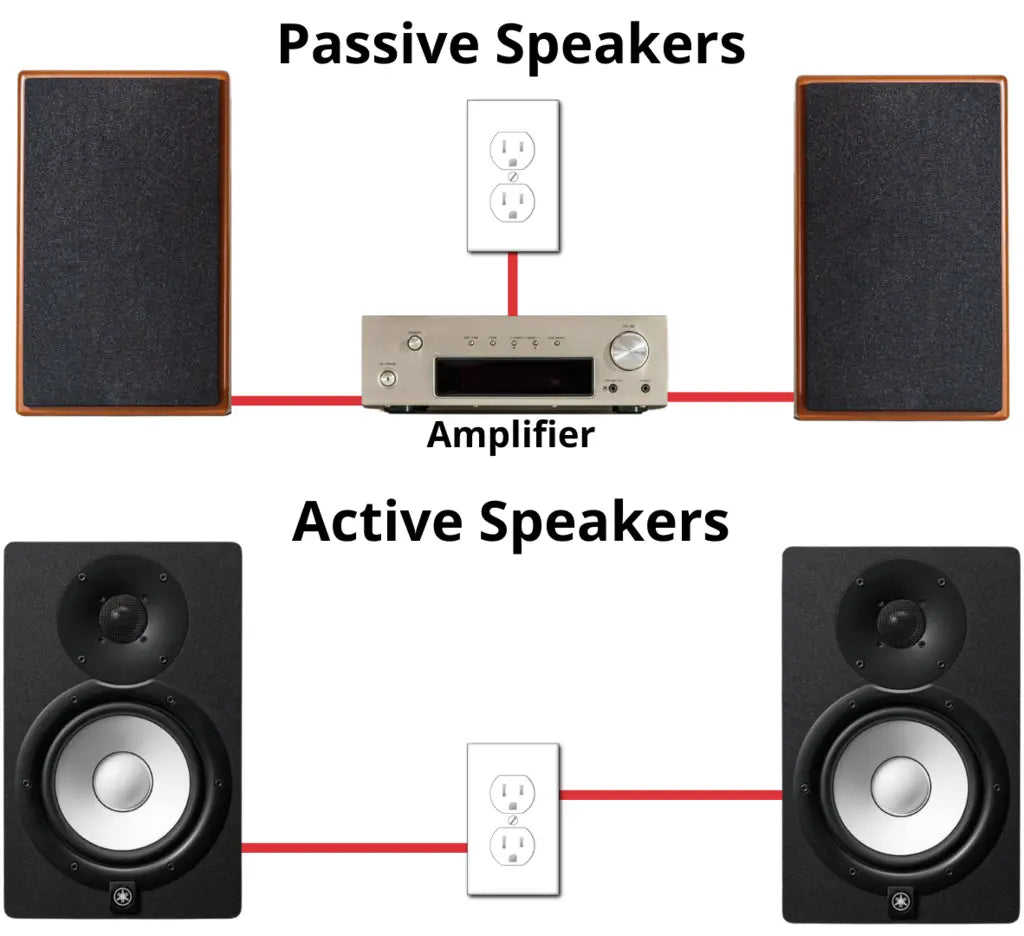
Image credit - bestdjs.com.ua
The audio landscape is rich with options and among the most significant choices for enthusiasts and professionals alike is the selection between active and passive speakers. Each type brings its own set of advantages, catering to different preferences and applications.
Active speakers are self-contained units with built-in amplifiers, designed to work directly with the speaker’s components. This integration allows for a more controlled, cohesive sound as the amplifier can be finely tuned to the speaker’s characteristics. Active speakers often include advanced features like digital signal processing (DSP) for precise sound shaping and may offer a variety of inputs for different audio sources. Their all-in-one design makes them convenient and portable, ideal for situations where space is limited or simplicity is desired.
Passive speakers, in contrast, require an external amplifier or receiver to drive them. This separation allows for greater flexibility in system customisation. Audiophiles and sound engineers can pair passive speakers with amplifiers that match their power requirements and sonic preferences. While this can lead to a more complex setup involving more cables and components, it also opens the door to a higher potential for audio quality, as each element of the system can be optimised.
| Characteristic | Active Speakers | Passive Speakers |
| Amplification | Built-in | External Required |
| Design Complexity | More integrated components | Simpler, requires a separate amp |
| Customisation |
Limited to built-in options | High, with a choice of amps and accessories |
| Portability | Generally more portable | Less portable due to additional components |
| Setup | Easier and quicker | More complex and time-consuming |
| Power Efficiency | Higher, as amps are matched to speakers | Varies, dependent on amp and speaker synergy |
| Sound Quality | Consistent, with potential for DSP | High, with proper amp pairing and tuning |
A comparison table between active and passive speakers
Also Read: The Best Speakers for You: A Comprehensive Checklist
If you’re still wondering which type will pair better with your setup, our next section addresses that very question.
Active v/s Passive Speakers – which one do I buy?
When venturing into the realm of high-quality audio, the decision between active and passive speakers is pivotal. Here are some factors to consider before making a purchase.
- Sound Quality and Audio Preferences: The foremost consideration is the sound quality you desire. Active speakers offer convenience and consistency, while passive speakers provide the opportunity for a customized audio experience. Consider what you prioritize: the ease of a pre-set system or the flexibility to tweak and fine-tune the sound.
- Amplification Needs: Active speakers have built-in amplifiers, which can save space and simplify setup. Passive speakers require an external amplifier, which means considering additional factors such as power output, distortion levels and the amplifier’s synergy with the speakers.
- Usage and Application: Think about how you intend to use the speakers. Active speakers are often preferred for their portability in live performances, public addresses and home theatres. Passive speakers are favoured in permanent installations where the acoustics can be precisely controlled.
- Space and Acoustics: The size and acoustics of the room where the speakers will be used significantly affect the choice. Active speakers might be better suited for smaller rooms or less acoustically treated spaces, while passive speakers can be advantageous in larger, more controlled environments.
- Budget and Cost: Active speakers can be more cost-effective since they don’t require the purchase of an external amplifier. However, passive speakers might offer a better long-term investment for those willing to invest in high-quality components.
- Connectivity and Compatibility: Consider the connectivity options you need. Active speakers may offer various inputs and sometimes wireless connectivity, which can be a deciding factor for a user-friendly experience.
- Maintenance and Longevity: Active speakers are generally less demanding in terms of maintenance, given their integrated components. Passive speakers, with separate amplifiers, might require more attention over time.
- Future-proofing: Technology evolves rapidly. Active speakers might come with the latest features and be easier to upgrade. Passive speakers, however, offer the flexibility to update individual components.
- Brand and Warranty: Research the brands and their reputations for quality and reliability. A good warranty can provide peace of mind and protection for your investment.
Also Read: Speaker Basics 101: A closer look at the anatomy & audio specs explained
By carefully considering these factors, you can ensure that your choice between active and passive speakers aligns with your audio needs, preferences and lifestyle, leading to a satisfying auditory experience.

